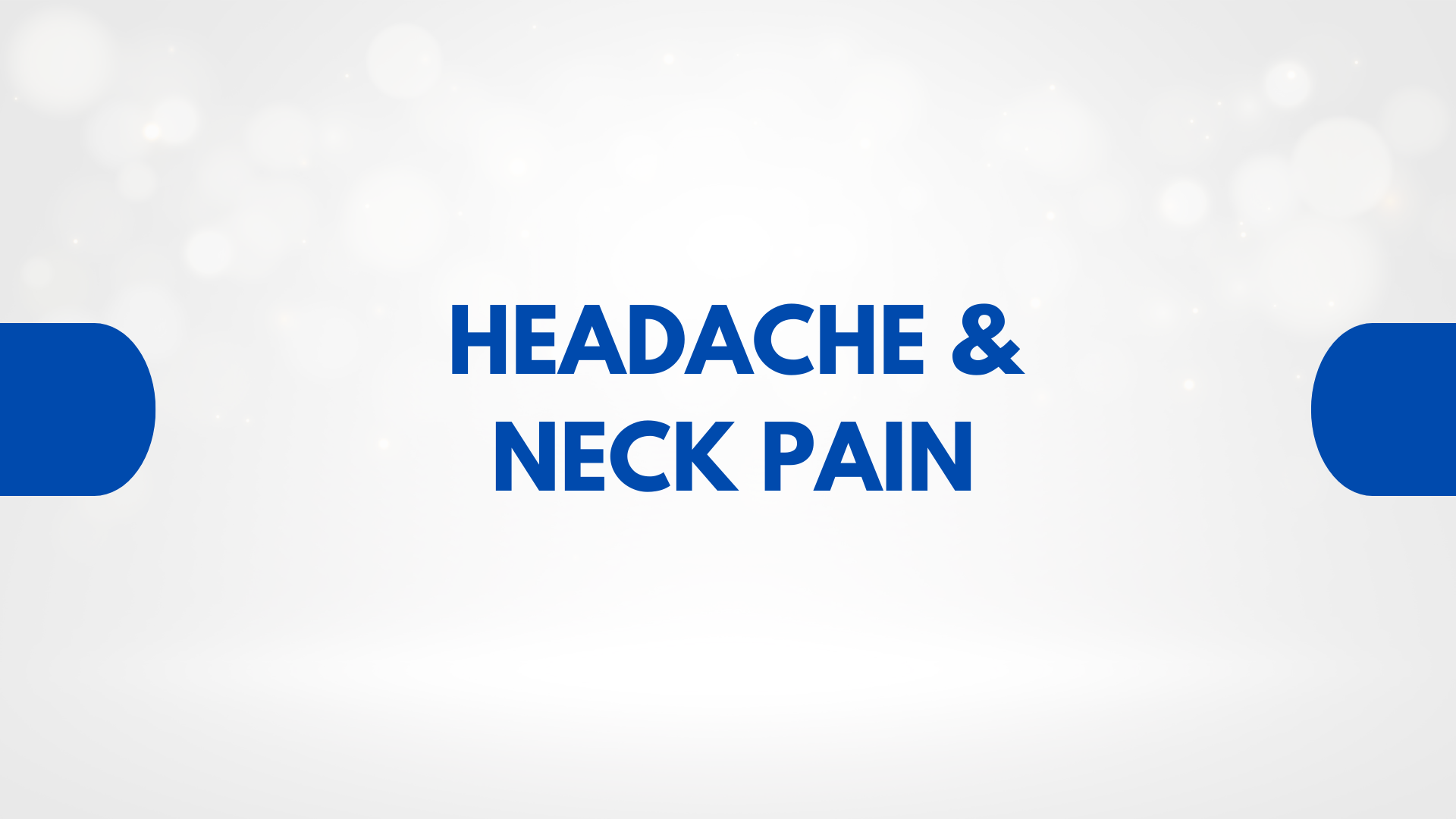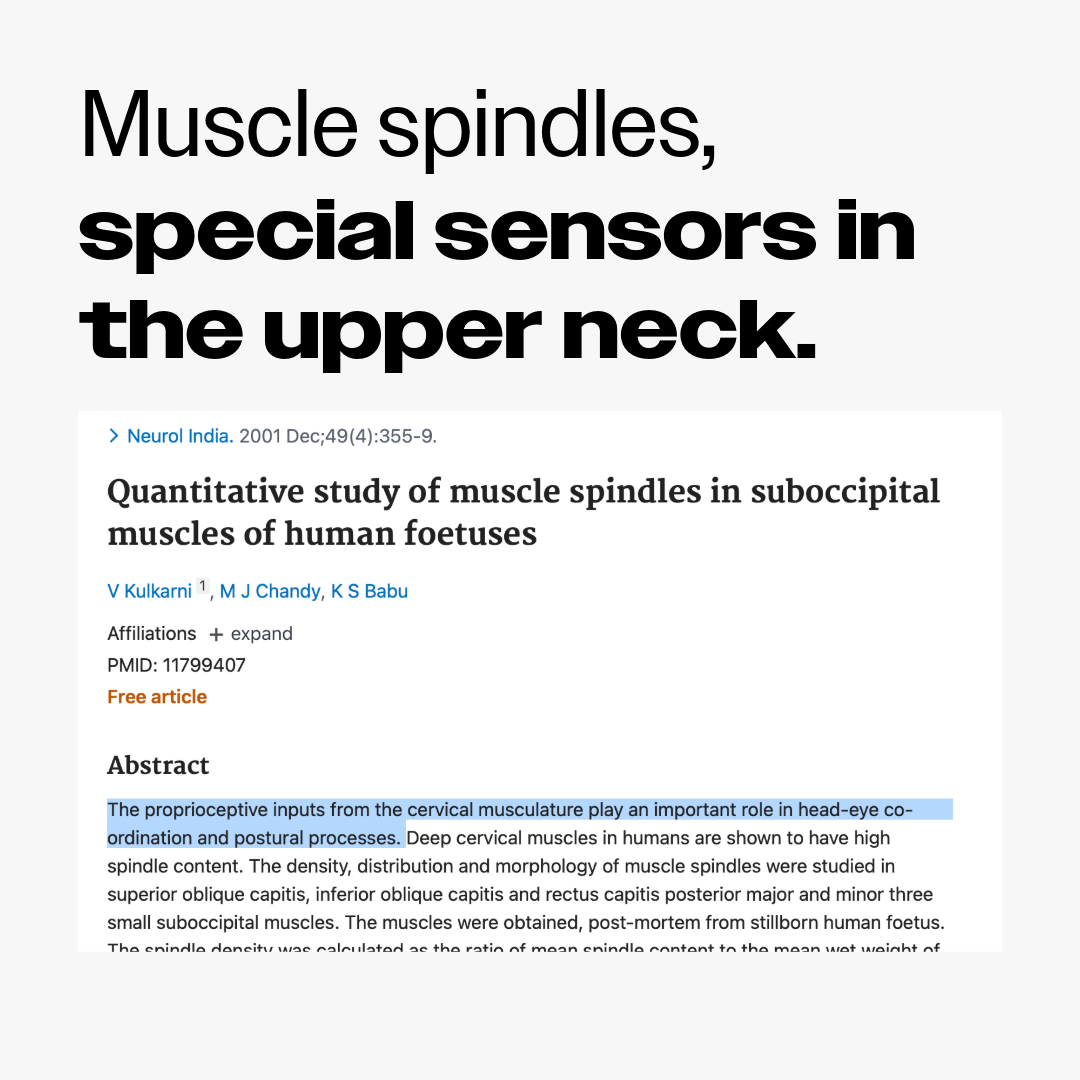How to Alleviate Headaches with Upper Cervical Care
Headaches and neck pain often share a common root in head and neck misalignment. NUCCA chiropractic care takes a highly specific approach to correcting these structural misalignment and imbalances, helping relieve both headaches and neck pain at the root cause.
This article will explore why upper cervical alignment matters and explain how NUCCA chiropractic care works to improve it.
The Connection Between Headaches and Neck Pain
Persistent headaches and neck pain often go hand in hand. Many people experience these issues together, but few understand why. The link frequently comes down to structural alignment between the head and neck.
When we think of headaches, we might picture tension around our forehead, throbbing, pulsating, or pressure feeling behind our eyes, or perhaps a band-like pressure around our entire head. Sometimes it’s obvious that the pain starts from the base of the skull in the upper neck area. Neck pain, on the other hand, is typically associated with stiffness, aches, spasm or discomfort in the neck. While these two symptoms can seem unrelated at first, they’re closely related through muscles, nerves, and blood flow.
- Shared Musculature and Nerves
The neck houses a network of muscles that connect directly to the head, particularly those around the base of the skull. They are called suboccipital muscles. When these muscles become strained or tight, they can trigger headaches by pulling on the structures around the head and causing pain. This is a reason why many therapists suggest massaging in the base of the skull to relieve muscle tightness.
- Poor Posture and Alignment
Many of us spend long hours working at desks, using smartphones, or performing repetitive tasks that strain the neck. Sitting for prolonged period of time does not help. This forward-head posture puts stress on the cervical spine, leading to muscle tension and nerve irritation, both of which can lead to headaches and neck discomfort.
- Irritation of the Cervical Spine
The structural misalignment or dysfunction in the cervical spine can irritate the nerves and connective tissues that send signals to the brain. These signals can trigger headache patterns, especially tension-type or cervicogenic headaches.
Why Structural Alignment of the Head and Neck Is Important
The alignment of your skull on the top of your cervical spine isn’t just about good head position. It’s vital for overall nervous system function. Here’s why:
- Even Distribution of Weight: The head weighs roughly 10 to 12 pounds. When balanced squarely over the neck, that weight is distributed evenly across the cervical spine supporting structures. Once the head shifts forward or tilts to one side, it increases the workload on certain muscles and joints, leading to strain and discomfort. A degree or two misalignment in the atlas vertebrae can contribute to interference how the nervous system communicates, particularly in the brainstem region.
- Reduced Nerve Irritation: Misalignments in the cervical spine can impinge nerves or cause inflammation in surrounding tissues. The nerves originating in the neck travel to the head, so any issue at the source can come as a headache.
- Enhanced Blood Flow: Proper alignment can support healthy blood flow to the brain and surrounding tissues. Restricted or compromised blood flow can contribute to headache symptoms and fatigue. Atlas vertebra misalignment can interfere with draining of the blood flow, such as jugular vein, or supplying blood flow to the posterior aspects of brain via vertebral artery.
How NUCCA Chiropractic Care Can Help
Upper cervical chiropractic is a specialized approach within chiropractic care that focuses on the alignment of the top two vertebrae in the neck—the atlas (C1) and the axis (C2). These vertebrae are uniquely pivotal in balancing the head and protecting the brainstem. Small misalignments in this area can lead to a cascade of problems, including headaches and neck pain. The National Upper Cervical Chiropractic Association (NUCCA), in collaboration with the Upper Cervical Research Foundation (UCRF), has published a case study examining the effectiveness of NUCCA protocol for migraine sufferers.
- Gentle, Precise Adjustments
NUCCA chiropractors use precise analysis methods—such as specialized X-rays analysis or CBCT—to locate even the slightest misalignment in the upper cervical spine. They then apply a gentle adjustment to correct this misalignment in the head and neck.This targeted approach aims to reduce nerve pressure and restore nerve functions.
- Relief of Nerve Tension
By restoring the proper alignment of the atlas and axis, nerve tension in the area can decrease significantly. When the nervous system isn’t hindered by vertebral misalignments, it can communicate more effectively with the rest of the body. This improved communication often translates to reduced headache frequency and intensity.
- Improved Posture and Biomechanics
Correcting alignment at the top of the spine sets a strong foundation for the rest of the body. Good posture and biomechanics throughout your entire spine can be easier to maintain when the upper cervical region is stable. Over time, this can help relieve chronic neck pain, muscle strain, and tension headaches.
- Long-Term Benefits and Prevention
Many patients find that once their alignment is improved and stabilized, they experience fewer headaches and neck pain episodes. Continued, periodic checks and adjustments can help maintain this alignment, preventing symptoms from returning.
Head and Neck Spinal Care in Wheeling, IL
Dr. Wontaek Hwang is an upper cervical chiropractor who specializes in NUCCA (National Upper Cervical Chiropractic Association) based in Northwest Suburbs of Chicago. If you’d like to schedule an initial consultation, please call at (847) 497-5003.
Additional Tips for Headache and Neck Pain Management
- Mind Your Posture: Whether you’re sitting at a desk or scrolling on a phone, try to keep your ears aligned with your shoulders and your chin slightly tucked. Use ergonomic furniture when possible.
- Stay Hydrated: Dehydration can contribute to headaches. Aim for at least 6–8 glasses of water a day, or more if you’re active.
- Take Regular Breaks: If you work at a computer or perform repetitive tasks, schedule short breaks every hour to stretch your neck and shoulders. Small movements and posture resets go a long way in preventing tension.
- Manage Stress: Stress can manifest physically as muscle tension in the neck and shoulders. Try incorporating relaxation techniques, such as deep breathing, meditation, or gentle yoga.
- Exercise and Stretch: Strengthening and stretching the muscles that support your neck can help keep the upper cervical area stable. Consult a healthcare professional for a routine that’s appropriate for you.




